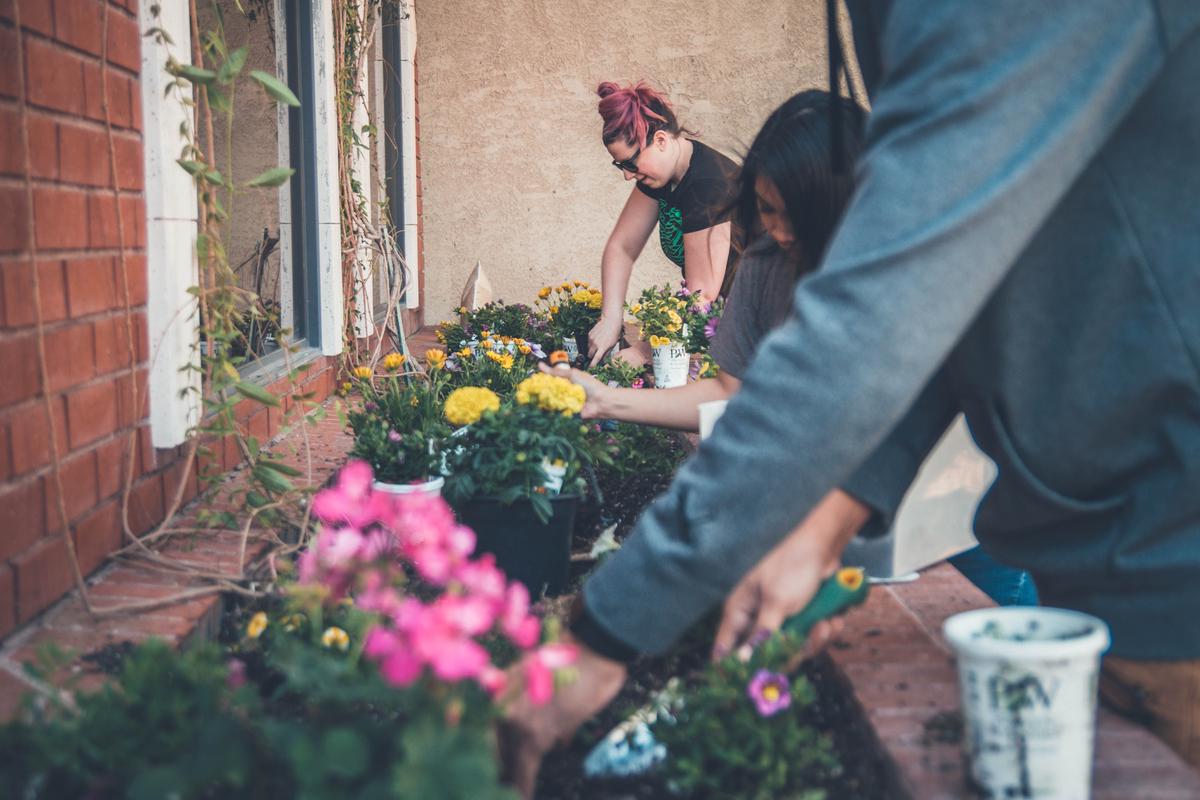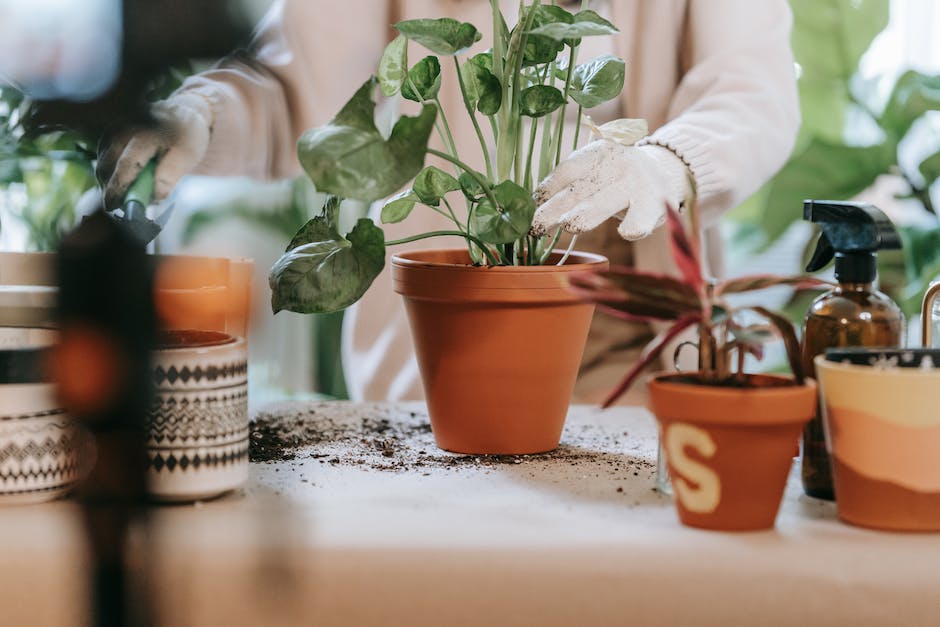Becoming a Master Gardener: A Guided Journey

The journey to becoming a master gardener involves an exciting blend of academic understanding and practical experiences, requiring both a dedication to learning and a hands-on approach. Cultivating an extensive knowledge of the basics of horticulture, including the essential principles of plant pathology, entomology, weed science, and soil science, is critical. This knowledge forms the foundation for understanding how plants grow and interact with their surroundings, which is crucial in the quest to achieve gardening excellence.
Horticulture Basics
Article:
Oh, the captivating world of horticulture! It’s incredible how deep one can delve into this rewarding hobby, and still find much more to learn and discover. From the green leaves and beautiful flowers to the endless growth patterns, it’s really something that can kindle fascination! Let’s explore some key principles that every enthusiast embarking on the horticultural journey must comprehend.
First up is the essential principle of understanding plant growth. For in-depth knowledge on this, it’s beneficial to study the plant life cycle. Each plant undergoes a series of development stages from seed germination, vegetative growth, and flowering, to fruiting and finally, senescence. This cycle becomes crucial when caring for plants, as each stage has different requirements in terms of light, temperature, and water.
Moving next to soil science, another fundamental aspect of horticulture. The grace of the garden lies in the soil. Each type adheres to a different set of characteristics that directly affect plant growth. Loam, sandy, silty, peaty, chalky, or clay soils, each present unique opportunities and challenges. Understanding the different types of soil and their properties—pH, texture, fertility, and water-holding capacity—is critical to successful gardening. Soil knowledge helps to decide the right kind of fertilizers and amendments needed for optimal plant growth.
Then comes plant nutrition— a pillar vital to the strength and survival of plants. Plants require various nutrients for their growth and development. Macronutrients like Nitrogen, Phosphorus, and Potassium are needed in large quantities, while micronutrients, such as Iron, Manganese, and Zinc, are required in smaller amounts. So, a balanced diet is not just crucial for humans, but plants too!
Understanding the role of water in plant life completes the quartet of foundational horticulture knowledge. Often overlooked, water performs several critical functions in plants, such as facilitating nutrient transport, maintaining plant structure, and driving photosynthesis. However, excess watering can also harm plants, encouraging root diseases and suffocation. Therefore, it’s necessary to strike a balance with the right watering techniques.
Now, let’s not forget about pests and diseases. These can inflict significant damage on plants and often prove to be a persistent challenge for gardeners. Therefore, understanding the common pests, diseases, and the damage they cause is crucial for effective prevention and treatment. Always remember, a healthy plant can resist pests and diseases much better than a weakened one!
Last, but not least, to stay ahead in the horticulture journey, one must keep an eye on the advancements in horticultural technology. With every passing year, new techniques and equipment surface, aiming to ease the process and enhance the yield of beautiful, healthy plants. Embrace innovation—it’s a driving factor in today’s horticulture scene!
Remember, horticulture is much more than just plants and flowers. It’s an enriching hobby that nurtures a deeper understanding of nature, stimulates curiosity, and reveals the incredible balance of life. By mastering these key principles, anyone can foster a thriving green space, carrying the transformative power of plants forward, one sapling at a time. Now, how about starting that gardening project you’ve been dreaming about?

Master Gardener Program Coursework
Master Gardener Program – A Pathway to Your Green Thumbed Proficiency
Gardening isn’t just about trowels and compost, but it’s also about knowledge and understanding. One prime route many gardening enthusiasts are exploring is enrolling in a Master Gardener Program. If cultivating greenery sets your heart ablaze, then diving into the world of a master gardener can sharpen your skills, fine-tune your techniques, and present an arena to connect with other green thumb enthusiasts.
Boosting your gardening skills through a Master Gardener Program involves a number of enthralling components. One such component is gaining a comprehensive grasp on garden design and landscaping. The course allows you to learn the principles of landscaping and how to plan an effective garden structure. This includes choosing the right plants for the right places, matching plant colors effectively, and even incorporating aesthetic fixtures – from water features to bird feeders.
Next on the syllabus, you’re taught about the appropriate use of gardening tools. Not all trowels were created equal and knowing when to use what tool is an invaluable skill every gardener should possess. The program offers insight into how, when, and where to use specific tools to ensure that your plants’ health is not compromised and your garden endeavors are fruitful.
Propagation, the process of creating new plants from a variety of sources, is another subject the course delves into. This segment is aimed at broadening your knowledge base on both sexual and asexual plant reproduction, from seed sowing to grafting.
Remarkably, the Master Gardener Program also involves teaching budding gardeners about the larger environmental impacts of gardening. Understanding the connection between gardens and ecosystems allows you to learn about beneficial insects, the effects of native and invasive species, and ways to garden sustainably. Such heightened awareness is key to becoming a conscientious gardener who appreciates the bigger picture.
Another exciting prospect of the Master Gardener Program is joining a dynamic community of gardening enthusiasts. You’re not just enhancing your knowledge base but also getting an opportunity to interact with other gardening aficionados, share experiences, and participate in gardening projects with a positive societal impact. You’re not just receiving – you’re contributing as well in this enriching cycle of learning and teaching.
Hence, it’s evident that the Master Gardener Program is not just a simple course. It’s an adventure of unfolding knowledge, where one learns not just about nurturing plants, but also about our responsibility towards larger ecosystems. This step on your gardening journey will definitely help you bloom into an efficient and informed gardener. Cultivate your knowledge, hone your skills, and embark upon the journey that awaits in the world of Master Gardening.

Photo by neonbrand on Unsplash
Practical Training & Experience
There’s no denying the invaluable role that hands-on experience plays in mastering gardening. One might have a knowledge bank brimming with the most updated horticultural technology advancements, garden design principles, and theories about plant growth, but until those hands have nursed a seedling to life, calloused from diligent weeding, and reveled in the earthy satisfaction of harvesting, mastery will remain elusive.
We are all aware of how much one can learn from trial and error, the phrase even resonates more accurately within the realm of gardening. Simple activities such as tilling the soil, planting seeds, applying fertilizers, and consistent watering can teach a gardener valuable lessons that books and tutorials often overlook. Your understanding of these principles becomes palpable, enabling your gardening muscles to remember every minute detail. That’s hands-on learning at its purest.
Gardening tools are not one-size-fits-all equipment. There are rakes, hoes, spades, and many other tools designed for specific functions, and yes, they might look and feel a bit intimidating at first. But just as a craftsman learns to hono’ a love and respect for his tools, so should a gardener. Experiencing how each tool affects the soil or aids in the growth of your plants makes you more fluent in their use. They become extensions of your hands, necessary for articulating your gardening skills towards creating a bountiful garden.
Furthermore, hands-on experience helps you understand the impacts of gardening on a broader level. It might sound far-fetched, but once the seeds of sensitive environmental consciousness are sown, every act of gardening becomes a chance of promoting environmental sustainability. You become more aware of how changes in climate parameters affect your plants and therefore, contribute to a collective effort in mitigating adverse environmental effects.
Let’s not forget about the all-important aspect of a thriving community! Being part of a network of gardening enthusiasts is a privilege one can truly appreciate after garnering hands-on experience. There’s something innately satisfying about sharing your gardening successes (and failures), swapping tips, and discussing new theories with fellow gardeners who understand the joy of hands-on gardening.
Lastly, becoming skilled through hands-on practice opens doors to contribute to gardening projects with positive societal impact. It could be transforming an abandoned lot into a community garden, instructing a class on organic gardening, or spearheading a tree-planting initiative. The possibilities are limitless, and each one offers an enriching experience on its own.
Therefore, to answer our initial question: how crucial is hands-on experience in mastering gardening? It’s phenomenally crucial. It takes your knowledge from theoretical to practical, creating a tangible connection to the earth and plants you’re tending. It imbues you with the wisdom to navigate the challenges and savor the triumphs of turning a simple patch of earth into a thriving garden. In short, it takes you from merely understanding gardening to truly living it.

Ultimately, the joy of being a master gardener isn’t only about having a beautiful garden. It extends to the tangible benefits of your work, as well as the fellowship with other gardeners and the broader community. As you acquire more knowledge and practical skills through the Cooperative Extension Master Gardener program, community service internships, and volunteering, your growth both as a gardener and as an individual becomes evident. Embrace the challenges and revel in the victories as you sow your seeds in the path of becoming a master gardener, creating bountiful gardens that will not only beautify our world, but substantially contribute to the holistic development of our communities.



